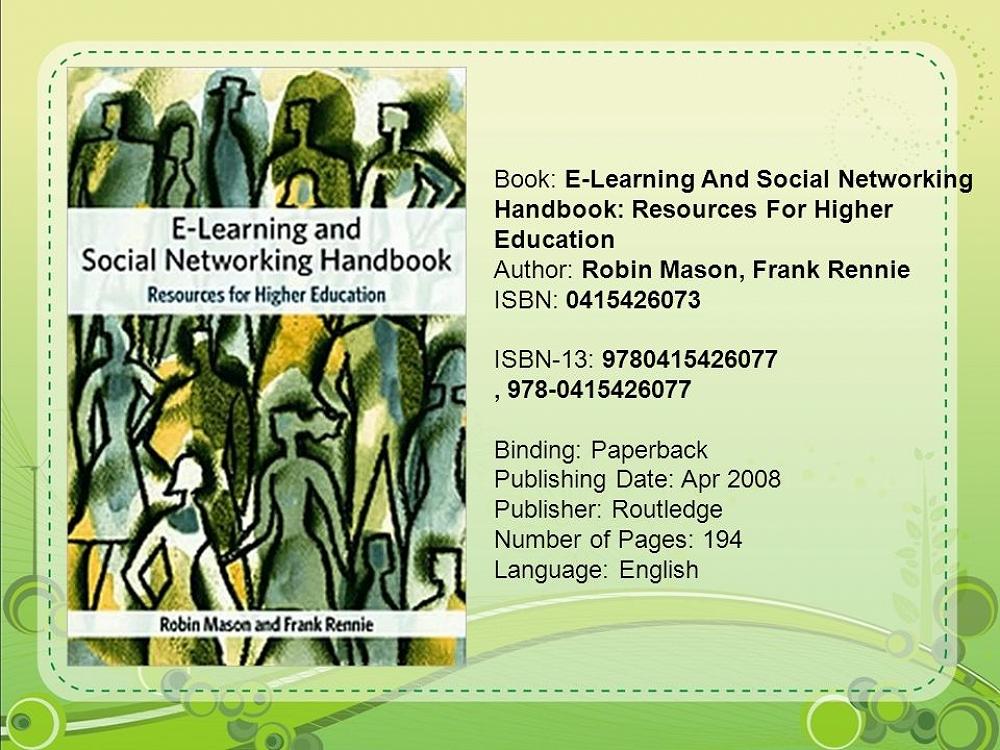
Emergent Design
Traditional learning design can constrain. Emergent design refers to an approach to online learning that is learner centred and directed, flexible, and collaborative
Traditional learning design approaches are very structured, teacher directed and outcome orientated. It is very much about the teacher setting the learning objectives/outcomes, designing tasks for the students to complete and then measuring their learning according to the objectives set. While this has advantages in making the learning very clear for the students there is a significant problem with this approach. An outcomes based approach can be too rigid and flies in the face of the call for more student autonomy in learning. How can it be a truly self-directed learning experience if the outcomes and the paths to these outcomes are pre-selected before the student even signs up for the course?
Emergent design refers to an approach to online learning that is learner centred and directed, flexible, and collaborative
It has a number of features:
- A flexible approach to course design that allows the teacher to adapt the environment and the tasks based on student need and feedback.
- A collaborative approach to learning where the learners work together to generate content and build knowledge.
- Students have choices on what they will learn and how they will learn it.
- The online environment is co-constructed
- The teacher acts as a facilitator rather than the ‘expert’
Emergent Design: Further Reading
The following passages have been lifted from Mason, R & Rennie, F “E-Learning and Social Networking Handbook”, and provide further detail on the subject of emergent design.
Emergent design is a name used by Cavallo (2000) to describe a theoretical framework for the implementation of systemic change in education and learning environments:
The phrase Emergent Design puts a spotlight on the need … to study the conceptual space where the purposeful stance implied by the word “design” mates with the openness implied by the word “emergent.” The emphasis on emergence as the guiding principle does not imply that this is an anything-goes environment reacting to the whims of the participant teachers and learners…We brought a very disciplined set of principles, methodologies, tools, activities, models and exemplars for learning environments. However, to deliver a pre-set curriculum with pre-chosen problems, explanations and sequence of events would be not only antithetical to the underlying learning philosophy, but also it would be incapable of taking advantage of the very benefits that the technology affords. (Cavallo, 2000)
Although Cavallo’s context was rather different, the term emergent design seems to be very applicable to the context of designing courses with a web 2.0 pedagogy: student-centred, user generated and collectively developed. However, as Cavallo suggests, empowering students to create content, learn from their peers and make choices about how they contribute to the course, does not mean that the course design is laissez-faire, and the teacher’s role is just to stand by (virtually) and let students do what they feel like. The design of web 2.0 courses is different but not ‘lesser’, and requires as much if not more skill than preparing content for a lecture course or writing material for a distance taught course. Thompson and MacDonald have also adopted an emergent design approach and note:
“Ideally, design is ongoing throughout the delivery of the course. A course that lends itself to rapid re-design as learners’ needs become better articulated and understood leads to a quality eLearning experience. “(Thompson & MacDonald, 2005)
This leads to another implication of emergent design, and one that many teachers find very difficult to accept: that they must reduce the amount of content they can ‘teach’ on a networked, interactive and student-empowered course. If students are encouraged to generate content, even in the form of online messages to forums, if they are expected to engage with a range of technologies (e.g. an e-portfolio, a blog and a wiki), the amount of content, the subject areas, and the number of issues addressed by the course must be reduced. Students do not have the time to cover the same amount of content as in traditional courses as well as contribute to that content and use a range of demanding and interactive media. It is well known from many evaluations that online interaction (writing and even reading forum messages) is very time-consuming (Jones & Johnson-Yale, 2005; Kear, 2004). In theory, this should be welcomed by teachers, as they can scale down the amount of content on the course; however, in practice academics are reluctant to reduce the areas covered and still equate quality with quantity. In short, they do not trust the power of peer learning, the importance of self-expression as a means of learning, and above all, the need to value the learning process over the content that is learned.
Emergent design can be seen as a method of designing for the unexpected, of assuming that it is impossible to anticipate how students will use the tools or tackle the activities.
